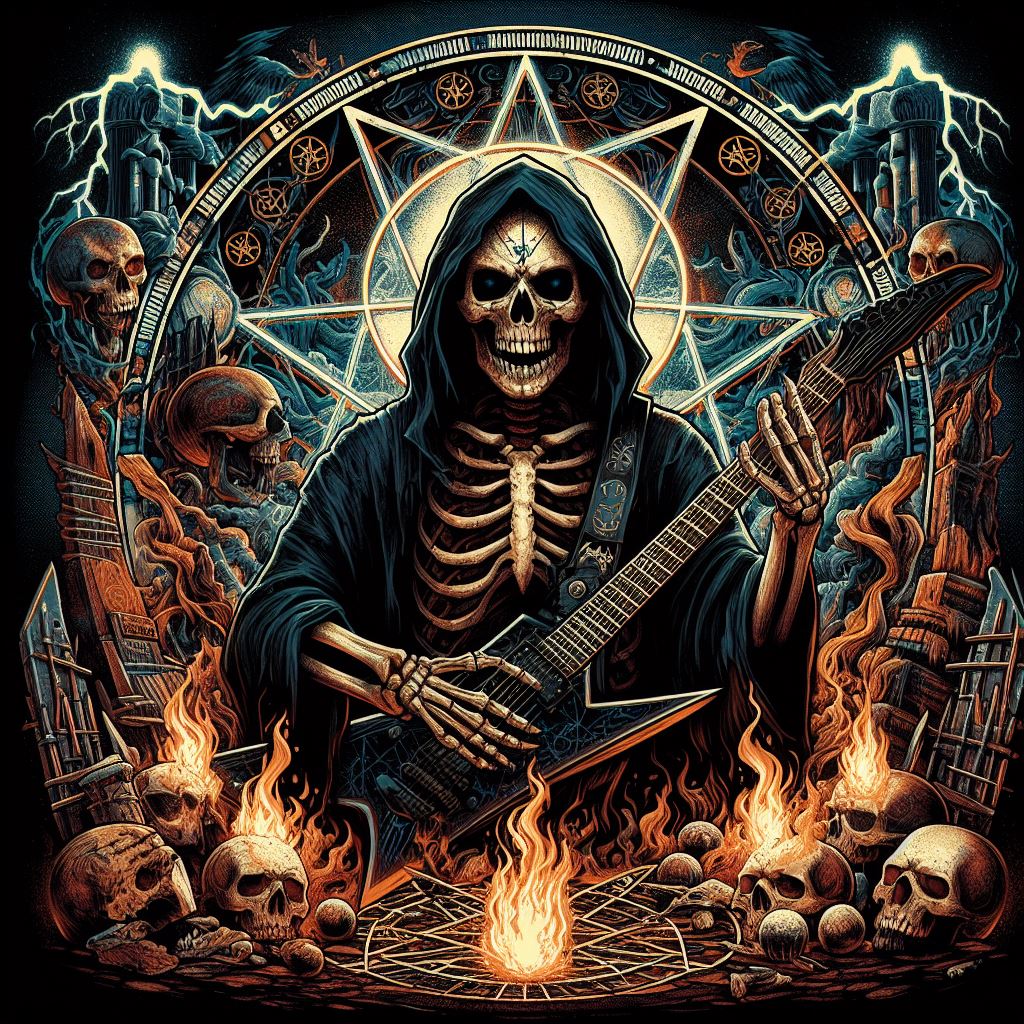In the vast landscape of metal music, there exist bands that transcend the boundaries of conventionality, pushing the limits of sound and ideology. Among these trailblazers stands Arnaut Pavle, a name that evokes mystery and darkness in equal measure. Originating from Serbia, this enigmatic ensemble has carved its niche in the realm of extreme metal, captivating audiences with its haunting melodies and visceral performances. But to truly understand the essence of Arnaut Pavle, one must delve into the depths of its history, exploring the origins and evolution of this formidable force in the metal scene.
The genesis of Arnaut Pavle can be traced back to the early 2000s in Belgrade, Serbia, a city known for its vibrant underground music scene. Amidst the post-war turmoil and socio-political upheaval, a group of musicians emerged with a shared vision—to create music that transcended the conventional boundaries of metal genres. Drawing inspiration from diverse influences ranging from black metal to folk music, they embarked on a journey to craft a sound that was as unconventional as it was captivating.
The band’s namesake, Arnaut Pavle, adds another layer of intrigue to its persona. Arnaut Pavle was a historical figure—a 14th-century Serbian nobleman and alleged heretic who rebelled against the Orthodox Church. His defiance and unorthodox beliefs struck a chord with the band members, serving as a symbolic representation of their own rebellious spirit and rejection of societal norms.
In 2006, Arnaut Pavle released its debut demo, a raw and unbridled expression of the band’s musical vision. Titled “Zarastanje,” the demo garnered attention within the underground metal community for its unique blend of atmospheric melodies and ferocious aggression. With tracks like “Otkrovenje Vatra,” the band showcased its ability to weave intricate sonic tapestries that transcended the confines of traditional metal subgenres.
The release of “Zarastanje” marked the beginning of Arnaut Pavle’s ascent in the global metal scene. The band’s reputation for delivering intense and immersive live performances further solidified its status as a force to be reckoned with. With each subsequent release, including EPs like “I” and “II,” Arnaut Pavle continued to push the boundaries of its sound, incorporating elements of doom, ambient, and avant-garde metal into its sonic palette.
However, it was the release of Arnaut Pavle’s debut full-length album, “Malédiction,” in 2012 that catapulted the band into the international spotlight. With its haunting atmosphere, complex compositions, and lyrical themes exploring existential despair and spiritual turmoil, “Malédiction” received widespread critical acclaim, earning praise from both fans and critics alike. Tracks like “Izgnanie” and “Pustinjom” showcased the band’s mastery of atmosphere and dynamics, drawing listeners into a sonic abyss from which there was no escape.
In the years that followed, Arnaut Pavle continued to evolve and refine its sound, releasing albums like “Strepit” and “Nemesis,” each offering a unique sonic journey into the depths of human emotion and existential angst. The band’s refusal to adhere to genre conventions and its willingness to explore new sonic territories have cemented its status as one of the most innovative and compelling acts in contemporary metal music.
Today, Arnaut Pavle stands as a testament to the power of artistic vision and creative integrity. With its richly textured soundscapes, evocative imagery, and uncompromising approach to songcraft, the band continues to inspire and captivate audiences around the world. As the torchbearers of Serbia’s thriving metal scene, Arnaut Pavle remains a beacon of creativity and defiance, challenging listeners to explore the darkest corners of the human psyche through the transcendent power of music.

Leave a Reply
You must be logged in to post a comment.